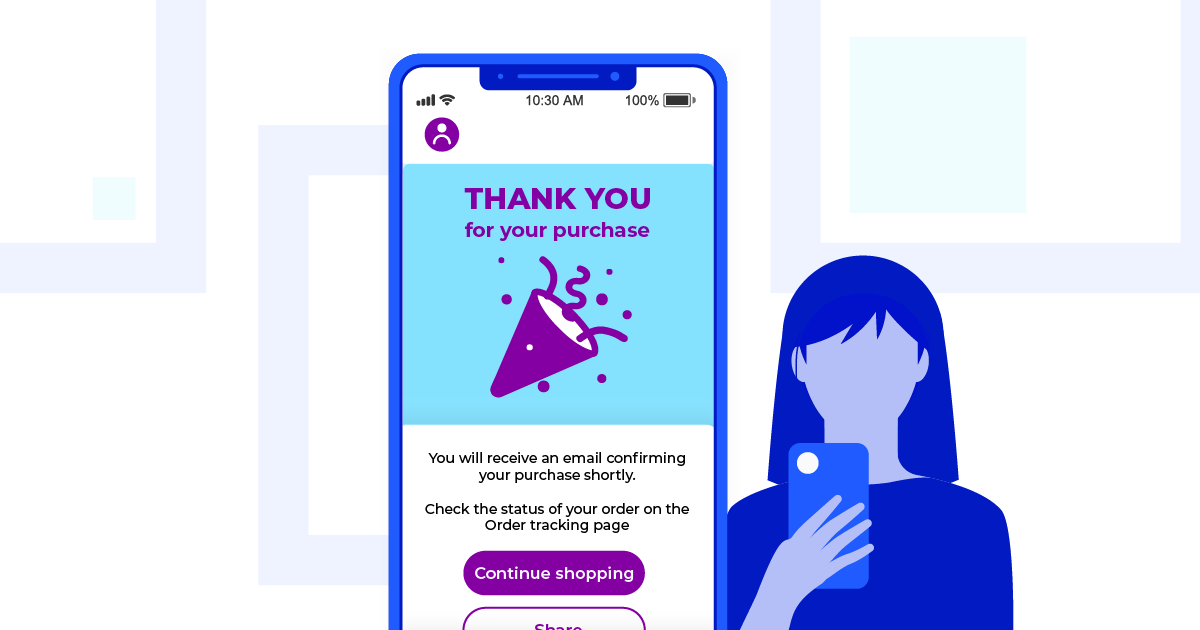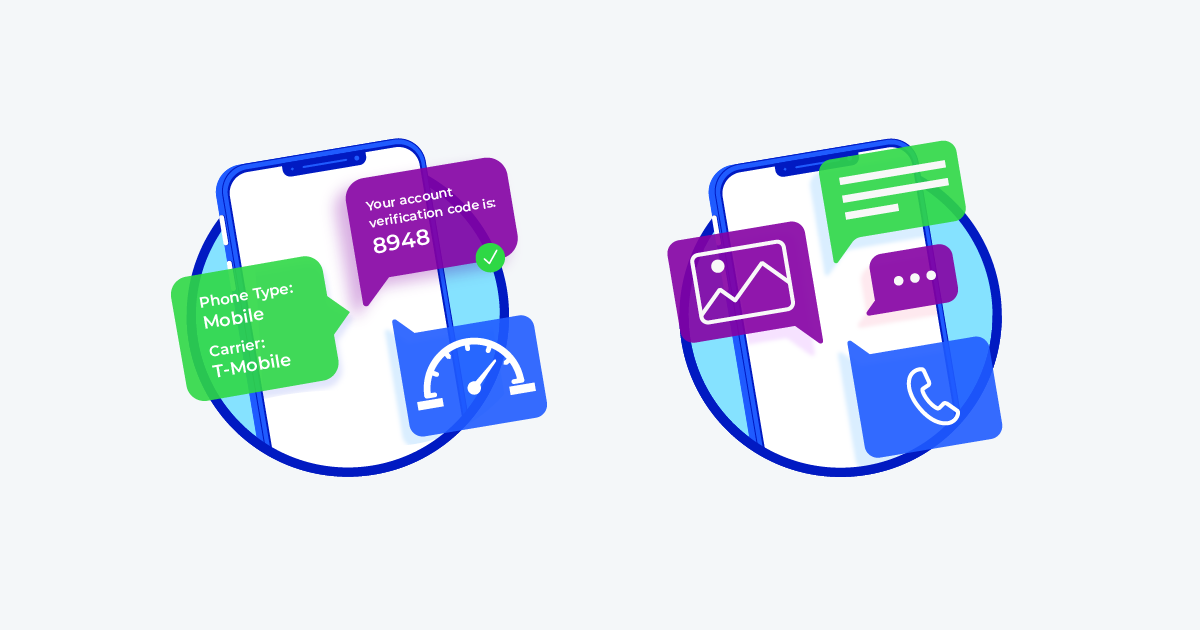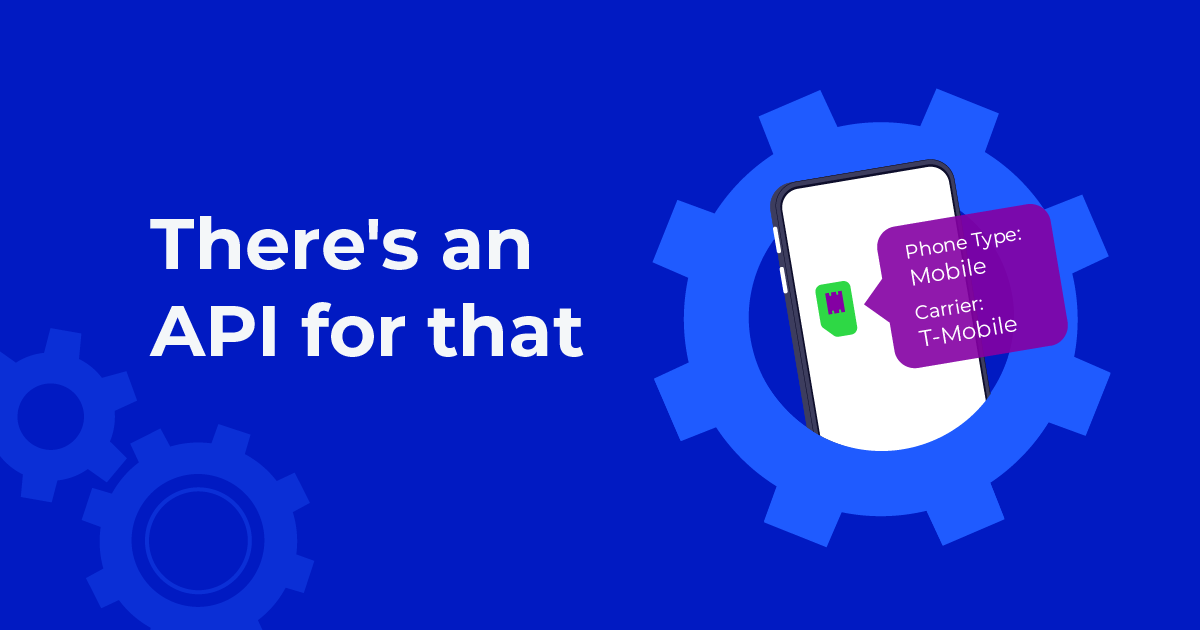
The New Definition of Omnichannel
Omnichannel is not just about reaching customers, in store, on your website or on their mobile devices. Brand messaging has become the norm with the onset of the Covid-19 pandemic, from a notification about a curbside pickup to delivery of an order consumers and brands are turning more and more to their phones for text or in-app messaging and chat functions to engage.
This level of always on availability and engagement presents a prime opportunity for brands of all sizes and requires companies to re-define their omnichannel strategy.
Enabling Omnichannel Messaging for Future Growth
Consumers are not going to want to give up the convenience of messaging with brands, which has become commonplace during the pandemic. Any company that wants to reach its customers where they spend their time should consider taking advantage of omnichannel messaging, in which businesses engage their customers directly through multichannel messaging including SMS, rich communication Services (RCS) or within popular OTT messaging applications like WhatsApp. Here’s how you can excel with omnichannel messaging:
Identify Your “Customer Moments”
Look at your customer journey and how they want to interact with you. Evaluate each of these customer moments Ñ which ones require quick information access that provides peace of mind or spurs a consumer to action, such as checking an order status and simplicity, such as a short bit of information or a quick mobile action.
Make Smart Channel Choices
Understand how your customers want to engage. Which channels (e.g., SMS or RCS) or applications do they use (e.g., WhatsApp). Is simple text messaging enough for the intended interaction or do you need more interactive dynamic messaging or chat functionality. In most cases, Brands engage with customers on more than one of these channels at any given time. It’s important to make sure that you have options when it comes to customizing messaging templates and you’ll want to have a fallback messaging workflow to other channels to ensure that your customer doesn’t miss the opportunity to interact with you. Telesign’s Messaging API allows you to integrate multiple channels with different message templates and set a fallback method for message delivery for messages that fail due to incompatibility or timeouts.
Combine Communication with Digital Identity Solutions to Reduce Fraud Risks
At first, messaging and digital identity may seem like they are not intricately connected. However, in today’s mobile world you can’t have one without the other.

Consider the standard customer journey. Your platform asks for a number at registration for security purposes (verification) and communicative purposes (marketing) later. The usual way this works is when a person gives you a real phone number that is then linked to an account and begins to build a digital footprint about that user. A smart omnichannel messaging platform with healthy security hygiene will ask for my phone number at registration. When this is done a reputation, score is run against that phone number and look at pieces of information that are high indicators of fraud. Furthermore, specific API checks are run on contact information tied to the phone number, location, device, and porting history. By doing this the platform has a good idea of whether I am a good user or a fraudster. Then a one-time passcode is sent to the device to confirm possession. The customer receives the one-time passcode and informs the platform that the phone hasn’t fallen into the wrong hands or fallen victim to a SIM Swap.
This is the quickest and most effective way to validate good users. The good news is that once you have your customer validated, you can push them into your marketing queue, generate new revenue, and open new revenue streams by selling directly through SMS, RCS or Chat applications like WhatsApp.
By reaching customers through the channels they prefer, businesses can tap into the messaging format and applications that people use on a daily basis, sending more engaging, visually dynamic messages that encourage interaction. Everyone wins: The customer can easily engage and receive the information they are looking for, while the business continues to build its Brand.



